Kyiv
The urge to run from danger is only human. It was palpable when air raid sirens sounded as I left the Ukrainian city of Dnipro, which is close to the front line and under relentless attack nightly from Russian drones. Five MIG-31 aircraft were in the air, Telegram channels with access to reliable intelligence reported. The warplanes can be armed with either the Iskander ballistic missile – which travels at up to 5,400mph – or the Kinzhal hypersonic missile, top speed 7,700mph. So fast there wasn’t enough time to find a shelter. We sat in traffic with bated breath, waiting.
A deep boom resonated through the mini-bus and two colleagues of mine began praying. Was it an intercept or an impact – or a Patriot defense battery firing? We still don’t know. And, more importantly, we wondered where, exactly, the other incoming missiles were heading. As the tension mounted in our stationary vehicle, I glanced out the window: people ambled slowly back from work under yellow streetlights; they smoked, they shopped, they seemed more concerned with the cold than impending death from above.
For some: flight; for others: fight. Ukrainians succumbing to the understandable desire to run as far away from the war as possible has been a big problem for the country since long before Donald Trump unveiled his plan for a peace deal. Last year, Ukrainian President Volodymyr Zelensky lowered the conscription age from 27 to 25. But nine in every ten conscripts is failing to report for duty, a close advisor of Zelensky told me. It is estimated that the number of fighting-age men who have fled Ukraine is almost equivalent to the size of the 900,000-strong Ukrainian army. Polish border guards have processed 99,000 men aged 18-22 in the past two months alone.
“If 90 people out of 100 are escaping the army, the nation is not ready to fight anymore,” the advisor said. “The problem with joining the military is that people think it’s forever, until the war is over. So basically you’re going to eventually die on the front line. This is an existential problem for Ukraine now. We have already lost seven million people who have moved out of the country since the war began. If conscription is expanded, it would maybe force out an extra two million. But what’s going to be the future of the country demographically? The best way now is to take the least bad peace deal possible. The Russians still have other moves to go, they can do internal mobilization – they still have reserves.”
Roman Kostenko, a former military commander and current parliamentary deputy, said “80 percent [of soldiers] are now running away from training centers, and the country is doing nothing to bring them back or create conditions so that they are afraid to run away and do their duty.”
If the Ukrainian army was twice its current size – as it should be if all who were conscripted had answered the call – perhaps it could have fended off the current Russian advance into the city of Pokrovsk and stopped the Russians pushing forward the front line, thereby bolstering Zelensky’s hand in negotiations with the US.
Zelensky negotiates from a position of weakness. Battlefield losses are mounting and the front line is moving in the wrong direction. His administration is also engulfed in a corruption scandal centered on the energy industry, which is currently being crippled by Russian attacks. This is his – and his country’s – bleakest moment since the war began in February 2022.
If Pokrovsk does fall, the next major city in Vladimir Putin’s sights will be Dnipro, 50 miles to the west – which might shortly afterward find itself within shelling distance. Instead of nightly attacks by MIG-31s, Dnipro, which is home to one million Ukrainians, could face 24-hour bombardment. Its resilient residents, swelled already by tens of thousands of people fleeing from the Russian advance, could at that point finally decide to leave en masse.
Volodymyr Miller, the deputy mayor of Dnipro, called for the conscription age to be lowered even further to help defend his city. “The conscription rules have to change. I would even say that they should have been changed sooner. There are too many people not helping. Either you’re on the front or you’re for the front. And if you don’t have that in society, then the war will be tougher,” he said.
Some, however, think Ukraine can go it alone and that further conscription is unnecessary. Standing next to the smoldering wreckage of the public broadcaster Suspilne, which was attacked with a barrage of Shahed suicide drones just hours beforehand, Ivanna – a university lecturer in rocket science – said: “We’re not going to stand down. We’ll be here to the very end. I believe in my defenders, I trust they will defend our city.”
This optimistic assessment of Ukraine’s chances of success prevails across the country. True, this is a view born, perhaps, of necessity while the fighting continues. Failure is not an option: the alternative is death. But to bring the fighting to a close, very few people say they will accept the compromises outlined in Trump’s peace deal – especially ones that involve giving away any land. In a recent poll, 75 percent of Ukrainians said they would reject a plan that forfeited territory, while just 17 percent said they would accept such a deal. Why should they, they argue, when Putin’s aim is to reunite the Russian empire and that a peace deal will, in fact, allow him to regroup before invading again. It has been angrily dismissed by many in the West as a capitulation agreement authored by Russia.
The counter view to war is fast diminishing in Ukraine. Those who have fled the country in order to avoid being conscripted would, no doubt, account for a big block of those in favor of ending the fighting if Trump’s peace deal is signed. Within 100 days of the deal being agreed, national elections would have to take place, which would effectively act as a referendum on the agreement. However, it is unclear whether these absconding conscripts would be allowed to vote – or if they would even be prepared to put their head above the parapet and give the Ukrainian government their details, for fear of prosecution. The country’s anti-war sentiment is being hollowed out.
The view from the front line of Trump’s deal – and that of Ukraine’s military and civil leadership – is skeptical. Harry, 27, an American with Ukrainian roots, joined the Ukrainian army almost four years ago. He fought in the infantry, going into Russia as part of a reconnaissance unit, but when his injuries became problematic, he joined a drone team – reasoning that it was better to be the hunter than the hunted.
“The problem with conscription is a lot of Ukrainians don’t trust the army and I don’t blame them,” he told me. “There have been too many poorly planned missions that lead to unnecessary deaths. You have to ask if this juice is worth the squeeze, as we say in the US. Too many units are trying to be on the offensive and this is 90 percent a defensive war now. We need to be building defenses with pushes here and there to keep the Russians on their toes.
“With the peace deal that Trump is pushing, there is no incentive for Putin to stop – he’ll just keep going. It’s a Russian wishlist. What’s the point of what we’ve been doing if we give up everything? I don’t see the army accepting it.”
A fellow serviceman, a drone operator who mounts strike missions deep into Russia, attacking military logistics hubs and fuel depots, believes that further conscription could turn the tide and there is no need to take the US deal. “Russian soldiers are paid much more than our soldiers, but if we paid more than them we could attract a lot of fighters, mercenaries from other countries. With the new sanctions Russia will soon struggle to pay its own troops. We can win if that happens, if we keep our resolve.”
War is still the most likely outcome of the peace process, not least because Putin hasn’t put his name anywhere near the proposed deal – and may never do so, following reports of a security guarantee that would park NATO troops and warplanes on Poland’s border, ready to be unleashed at a moment’s notice if he steps out of line. The deal is not the point for Putin – the point is the chaos and instability it has uncorked.
To outsiders, it seems foolhardy to continue a war that is scything down the flower of Ukraine’s youth, especially when the odds of winning oscillate between low and impossible. Since the Ukrainian parliament was frozen in aspic under martial law in 2022, the country has become more militaristic, more steeped in blood, more patriotic. Those who don’t want to fight have left. Peace will be a hard sell. Yet at a time when the majority of young people in the West readily admit they wouldn’t fight for either their country or their way of life, there is something deeply admirable and honorable about the Ukrainians who have stayed to take up arms – and their never-say-die spirit.










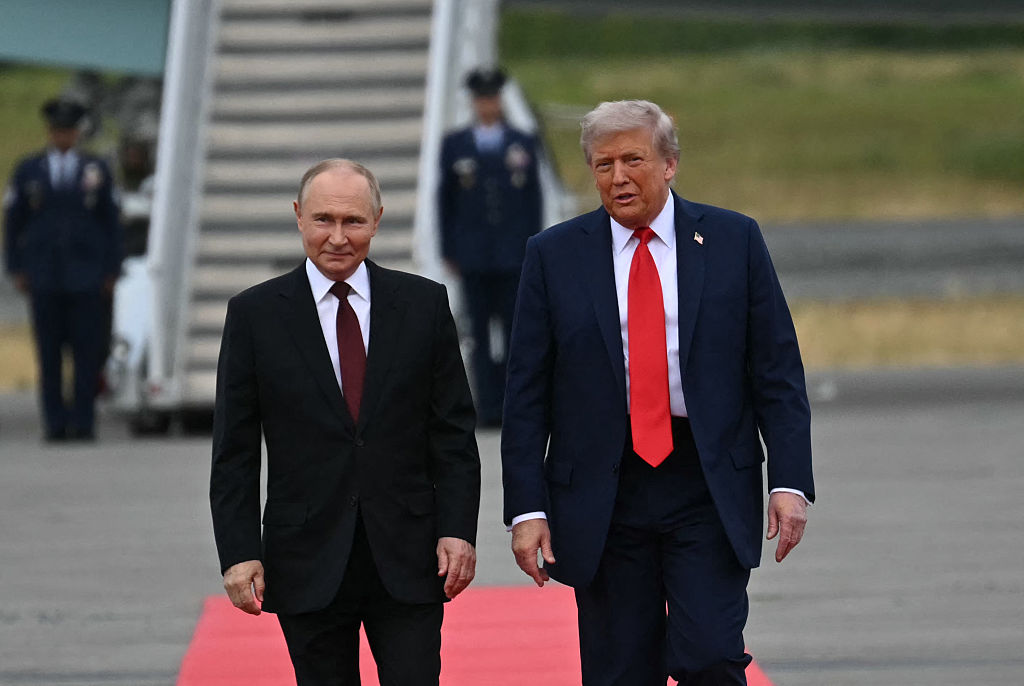
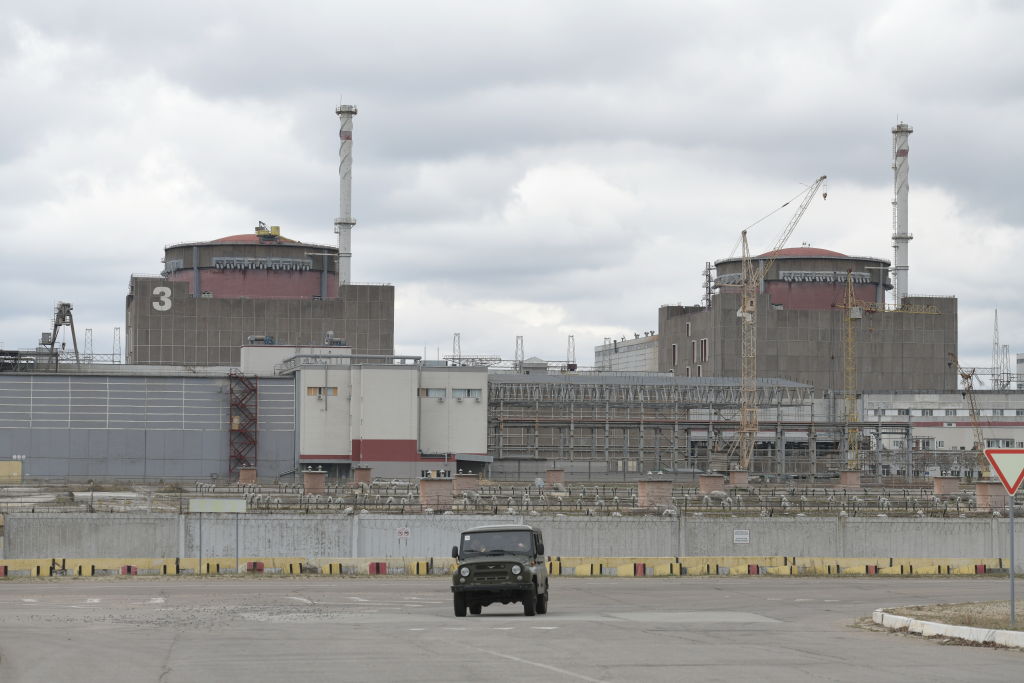
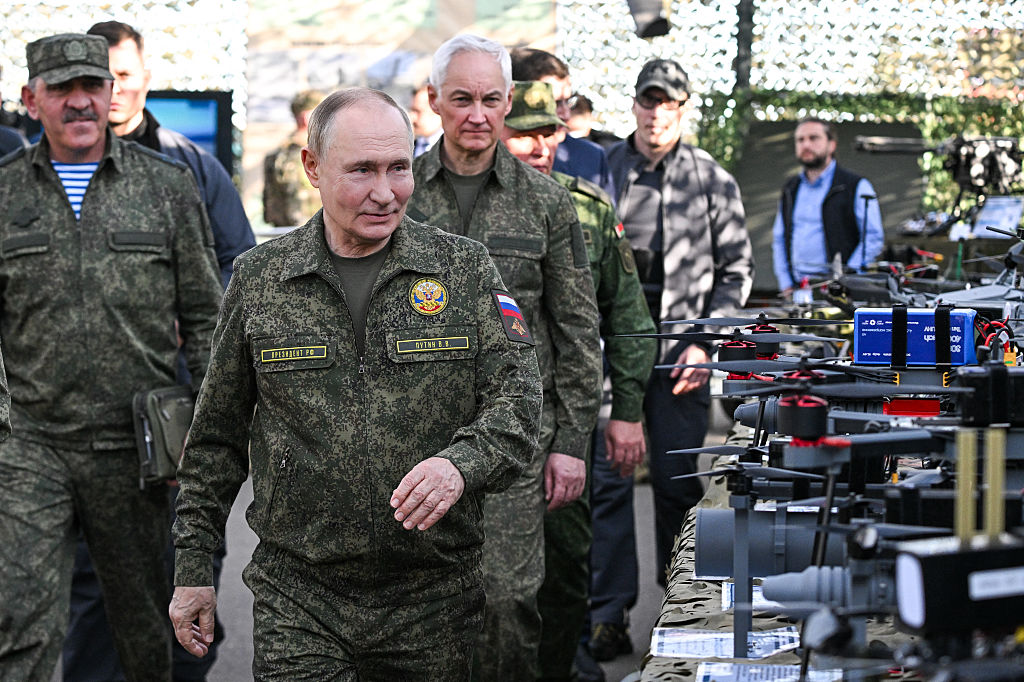
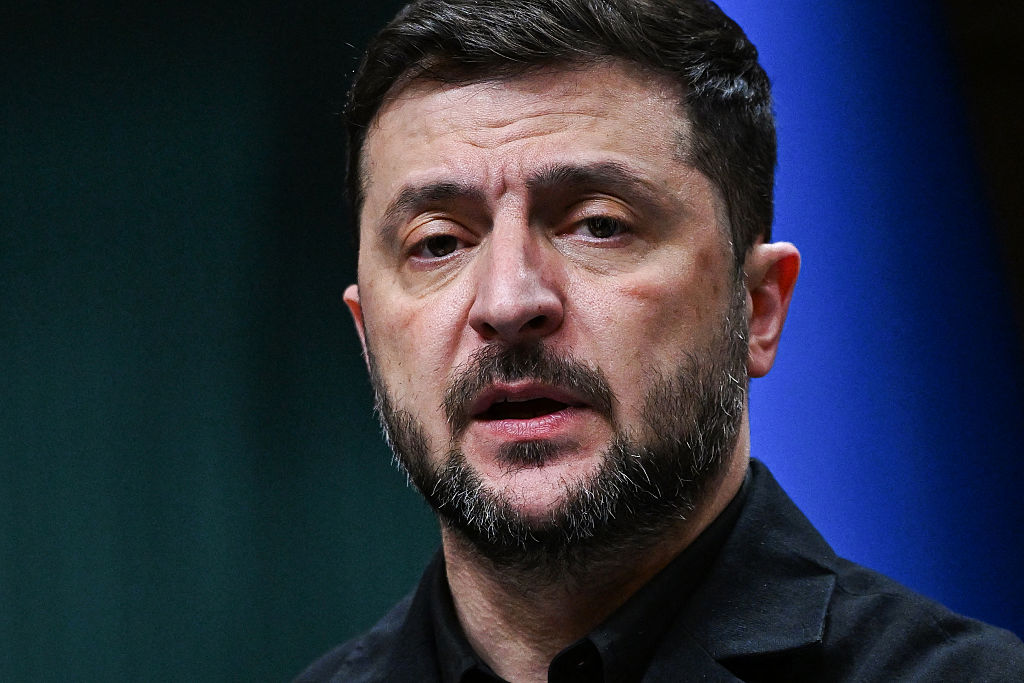
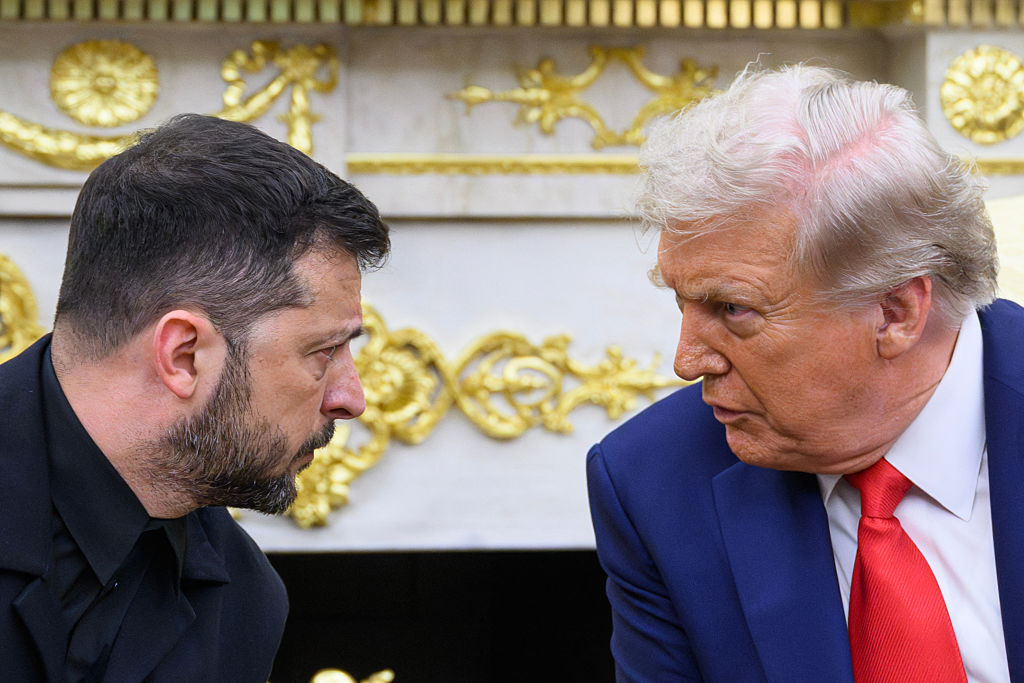
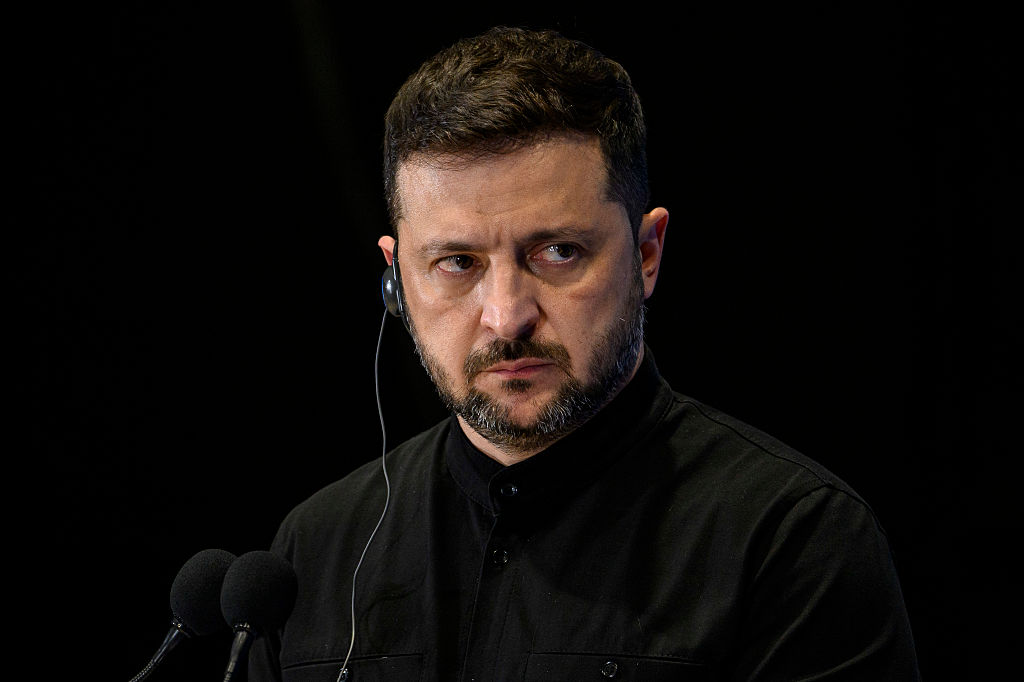







Leave a Reply